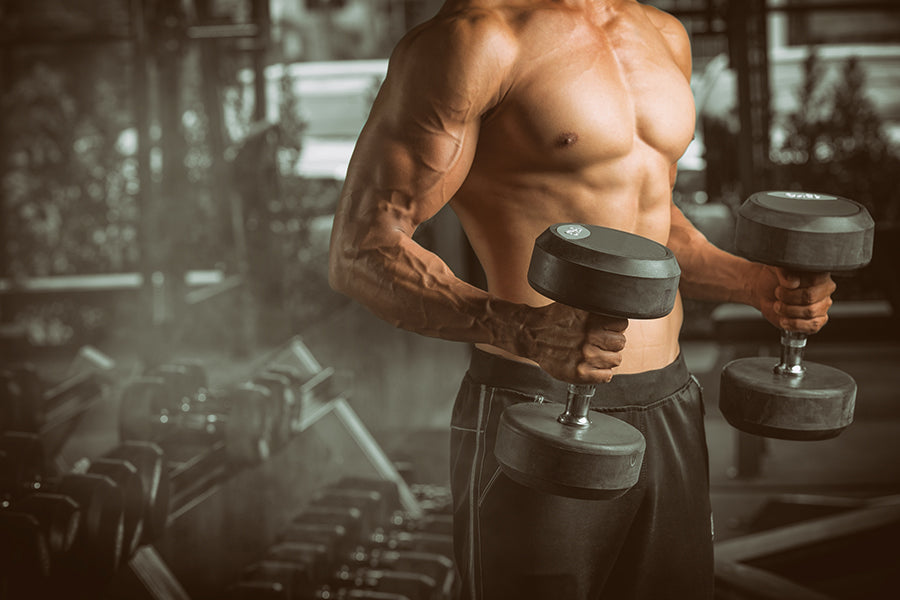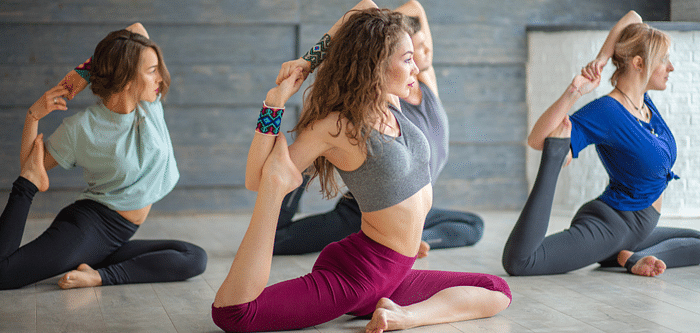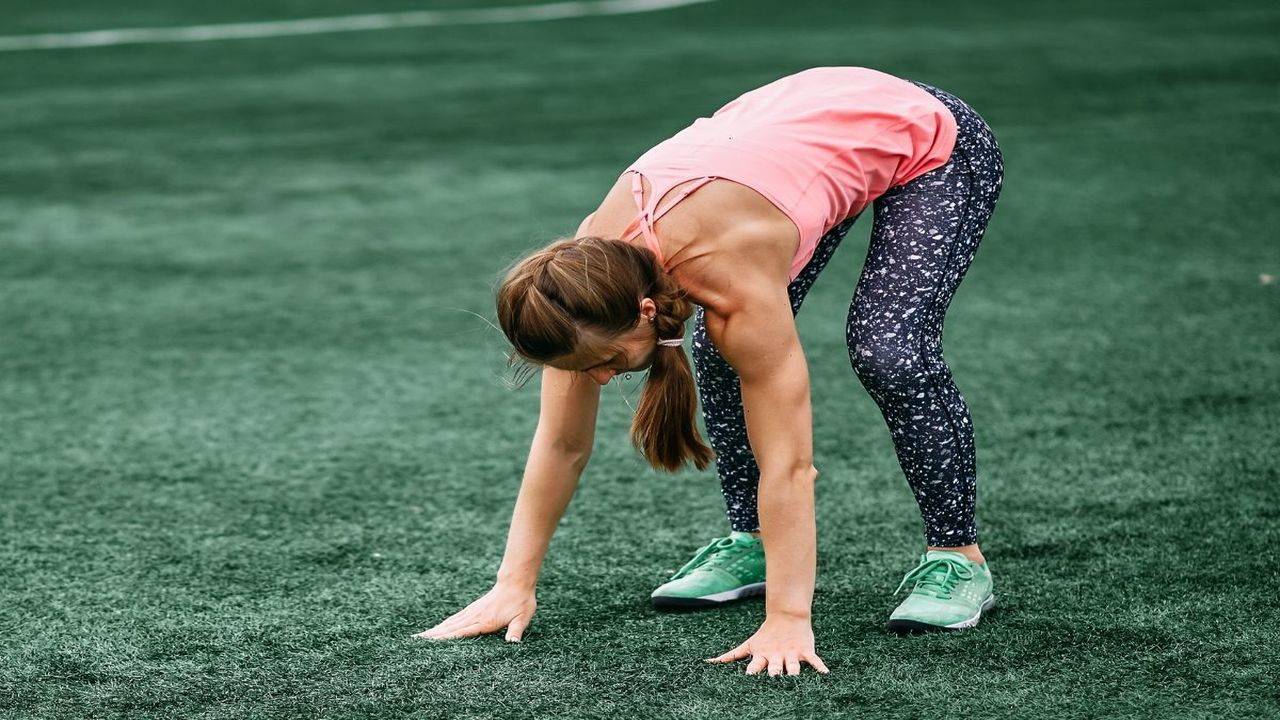We need to talk about push-ups. They look simple — drop down, push yourself up, repeat. But how come when you try to do a clean set, your form goes sideways, your hips sag, your shoulders shrug up to your ears, or you end up face-planting halfway through rep six?
If push-ups feel impossible or awkward, don’t beat yourself up. They’re harder than they look — and it’s usually not just about arm strength. If you can’t nail a solid push-up yet, there’s a good chance one (or more) of these 6 sneaky culprits is messing you up.
Let’s break down what’s really stopping you, how to fix it, and how to finally master push-ups without looking like you’re doing the worm.
1. Weak Core (It’s Not Just About Arms)
This one surprises people. Push-ups are basically a moving plank. If your core isn’t switched on, your back sags and your hips drop to the floor. Or you look like you’re doing a weird yoga pose with your butt way up in the air.
Why it matters:
A weak core turns push-ups into a mess. Your arms and chest might be strong enough, but without core tension, you lose good body alignment. That wastes strength and overloads your lower back.
How to fix it:
- Work on planks — aim for solid 30-60 second holds with your body straight as a board.
- Try dead bugs or hollow holds to build deeper core control.
- When you do push-ups, squeeze your abs and glutes tight — like someone’s about to poke you in the stomach.
2. Poor Shoulder Stability
If your shoulders roll forward or shrug up toward your ears when you push, your form’s gonna suffer. Weak stabilizers like your rotator cuffs and mid-back muscles can’t keep your shoulder joints in the right spot.
Why it matters:
Strong pecs help you push, but stable shoulders make sure you push in a straight line and don’t feel shoulder pain later. If your shoulders aren’t locked in, you’re leaking strength.
How to fix it:
- Add band pull-aparts and face pulls to wake up your rear delts and traps.
- Do scapular push-ups — get in push-up position, but instead of bending your elbows, pinch your shoulder blades together and spread them apart.
- Think about pulling your shoulders down and back before every rep.
3. Lack of Chest Strength
Obvious, but real. If you’re new to training or haven’t pushed your upper body much, your chest muscles might just not be there yet. Push-ups are basically a bodyweight bench press — your pecs are the main movers.
Why it matters:
If your chest strength is lacking, your arms and shoulders take over, and your form breaks down fast. You’ll see flared elbows, shaky reps, or stopping halfway down.
How to fix it:
- Start with incline push-ups — hands on a bench or sturdy surface. Less weight means you can build strength with good form.
- Mix in chest presses or dumbbell bench presses if you have access to weights.
- Keep your elbows at about a 45-degree angle to your body — not flared straight out.
4. Weak Triceps
Your triceps do more work in a push-up than you think. They help lock out your elbows at the top of the rep. If your arms cave in halfway up, it’s probably a triceps issue.
Why it matters:
Weak triceps make push-ups feel twice as hard. You might get stuck at the bottom or fail to push all the way up.
How to fix it:
- Do close-grip push-ups — hands closer together to target your triceps more.
- Add dips, tricep extensions, or bench dips to strengthen that lockout.
- Work on partial push-ups if full reps are too tough. Lower slowly, push up as far as you can, repeat.
5. Bad Wrist Position or Weak Wrists
If your wrists scream when you do push-ups, you’re gonna cheat your form. Many people shift weight weirdly to avoid pain, which messes up everything else.
Why it matters:
Painful wrists kill motivation and cause you to flare your elbows or twist your hands. That stresses your shoulders too.
How to fix it:
- Warm up your wrists — do wrist circles and gentle stretches before push-ups.
- Use push-up bars or dumbbells to keep your wrists in a neutral position.
- Strengthen your grip with farmer’s carries or hanging from a bar.
6. Bad Body Awareness (You Just Haven’t Learned It Yet)
Push-ups look easy but they’re a skill. Many people never learn the right alignment — tight core, elbows at a good angle, chest leading, not your hips or head.
Why it matters:
Without practice and proper cues, you’ll reinforce bad habits every time you drop down. More reps won’t fix bad technique — they just make it stick harder.
How to fix it:
- Slow down your reps. Pause at the bottom. Feel your chest and arms doing the work.
- Record yourself — see if your hips sag or your elbows flare.
- Practice with regressions like knee push-ups or incline push-ups until your form is rock solid.
Bonus: Progress Gradually — Don’t Rush Full Push-Ups
Most people fail at push-ups because they try to do the full version too soon. It’s okay to regress! Incline push-ups, knee push-ups, or even wall push-ups build strength safely. Master those first — then progress.
Sample Push-Up Progression Plan
Here’s how to build up from scratch:
- Wall push-ups: 3 sets of 15
- Incline push-ups (bench or table): 3 sets of 12
- Knee push-ups: 3 sets of 10
- Full push-ups: Start with sets of 5-8 clean reps
Stick to each step for a couple of weeks. When you can do all reps with perfect form, move to the next.
The Bottom Line
If push-ups feel impossible, don’t give up — figure out which part is holding you back. Usually, it’s not just one thing. It’s a mix of core, shoulders, chest, triceps, wrists, and technique all working together.
Fix the leaks, work the basics, build the strength step by step, and stay patient. Mastering push-ups feels amazing — they’re free, they build real muscle, and they make you look strong anywhere, no fancy equipment needed.
So next time you drop down for push-ups, don’t rush through them. Tighten that core, lock those shoulders back, lead with your chest, and push yourself up like you own the ground.










